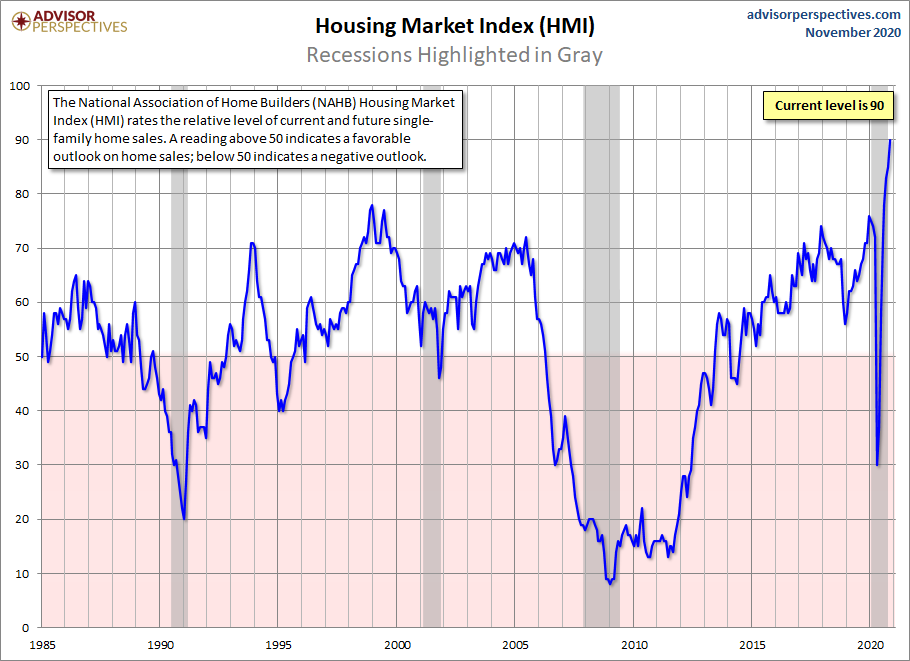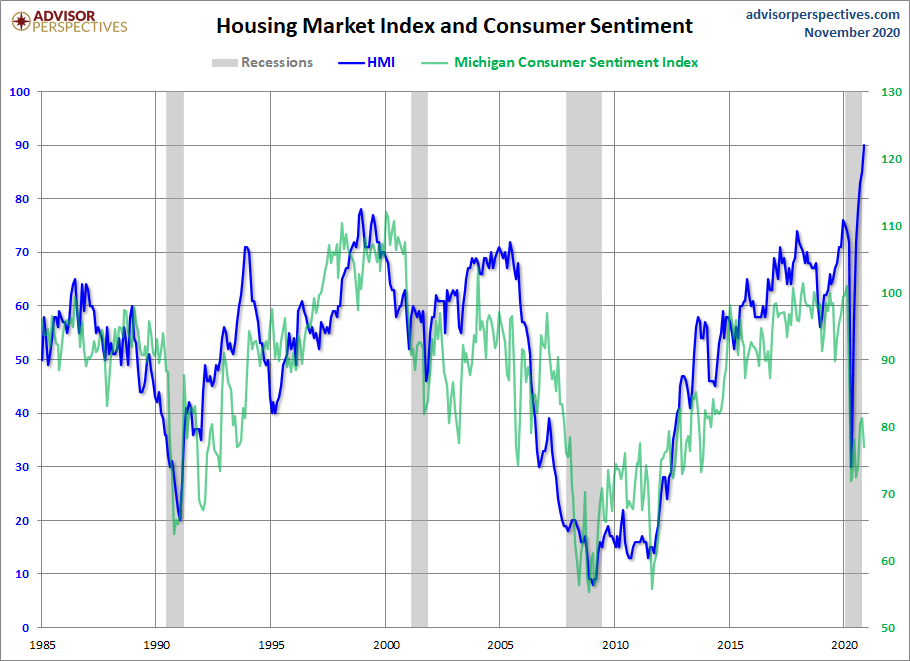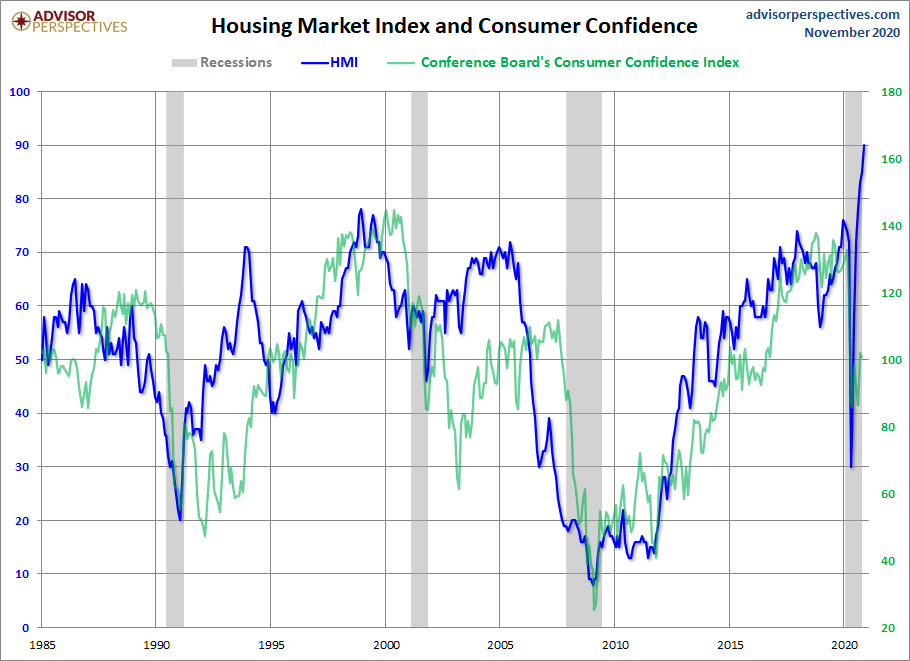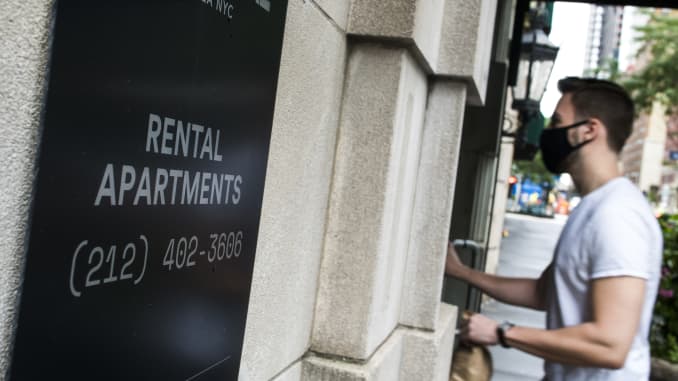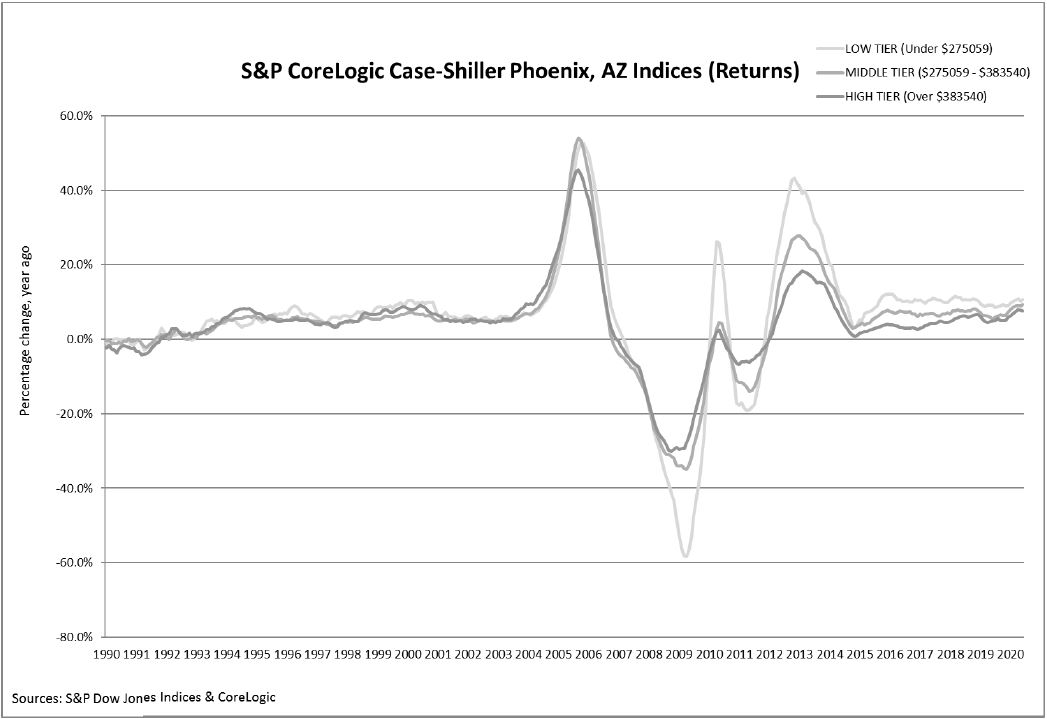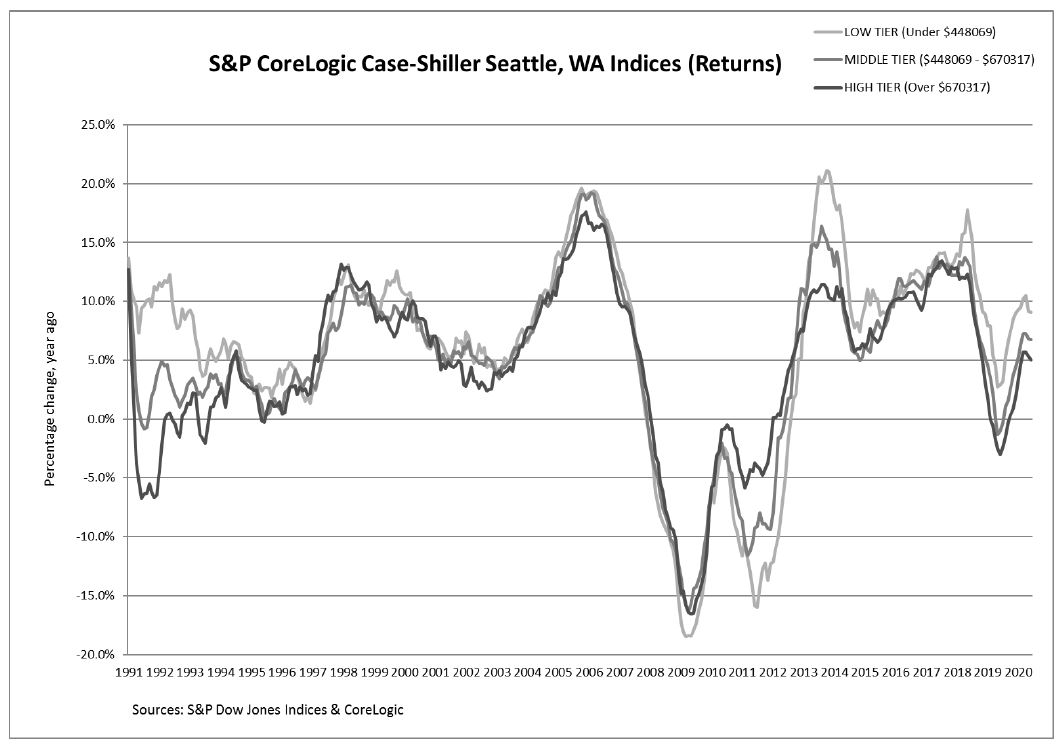NAR released a summary of existing-home sales data showing that housing market activity this January rose modestly 0.6% from December 2020. January’s existing home sales reached a 6.69 million seasonally adjusted annual rate. January’s sales of existing homes rose 23.7% from January 2020.

The national median existing-home price for all housing types rose to $309,900 in January, up 14.1% percent from a year ago. Home prices have continued to escalate, and this marks the 107th consecutive month of year-over-year gains.
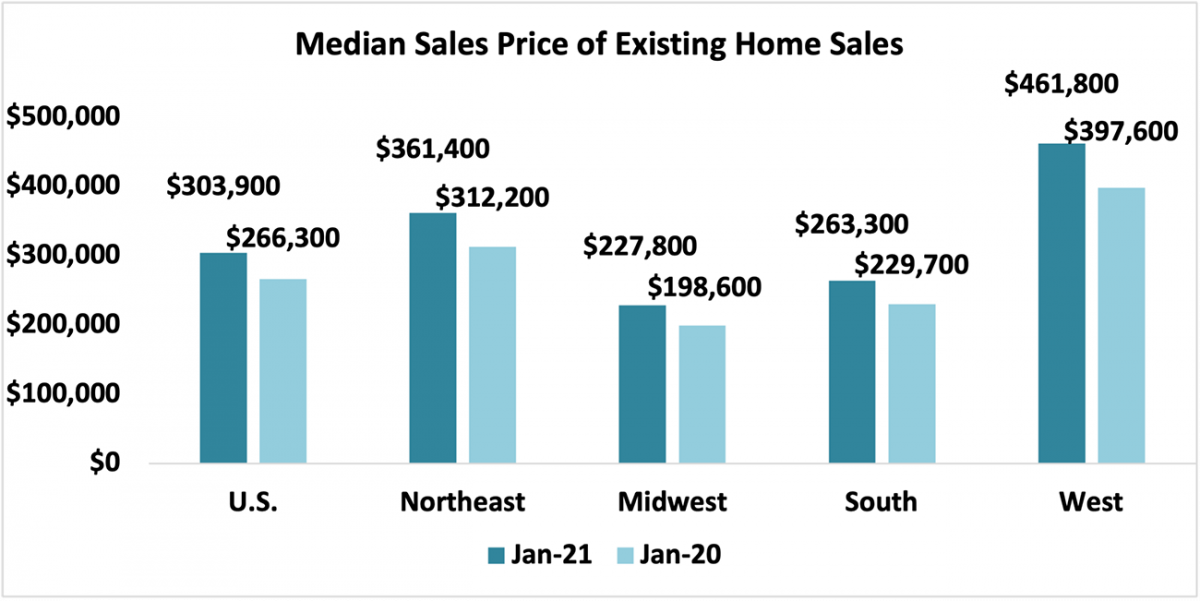
Regionally, all four regions showed double digit price growth from a year ago. The West had the largest gain of 16.1% followed by the Northeast with an increase of 15.8%. The Midwest showed an increase of 14.7% and the South had the smallest price gain of 14.6% from January 2020.
January’s inventory figures dropped 1.9% from last month standing at 1.04 million homes for sale. Compared with January of 2020, inventory levels dropped 25.7%. This would mark 20 straight months of year over year declines. It will take 1.9 months to move the current level of inventory at the current sales pace.
It takes approximately 21 days for a home to go from listing to a contract in the current housing market. A year ago, it took 43 days.

From December 2020, two of the four regions had increases in sales. The South had the largest gain of 3.2% followed by the Midwest with an increase of 1.9%. The Northeast had a decline of 2.2% followed by the West with the biggest dip of 4.4%.
From a year ago, all four regions showed double digit increases in sales. The South region had the largest gain of 25.1%. The Northeast had an increase in sales of 24.3% followed by the Midwest with a rise of 22.7%. The West had the smallest gain of 21.3%.
The South led all regions in percentage of national sales, accounting for 43.9% of the total, while the Northeast had the smallest share at 13.0%.

In January, single-family sales were up 0.2% and condominiums sales were up 4.1% compared to last month. Single-family home sales were up 23.0% while condominium sales were up 28.8% compared to a year ago. The median sales price of single-family homes rose 14.8% at $308,300 from January 2020, while the median sales price of condominiums rose 8.6% at $269,600.

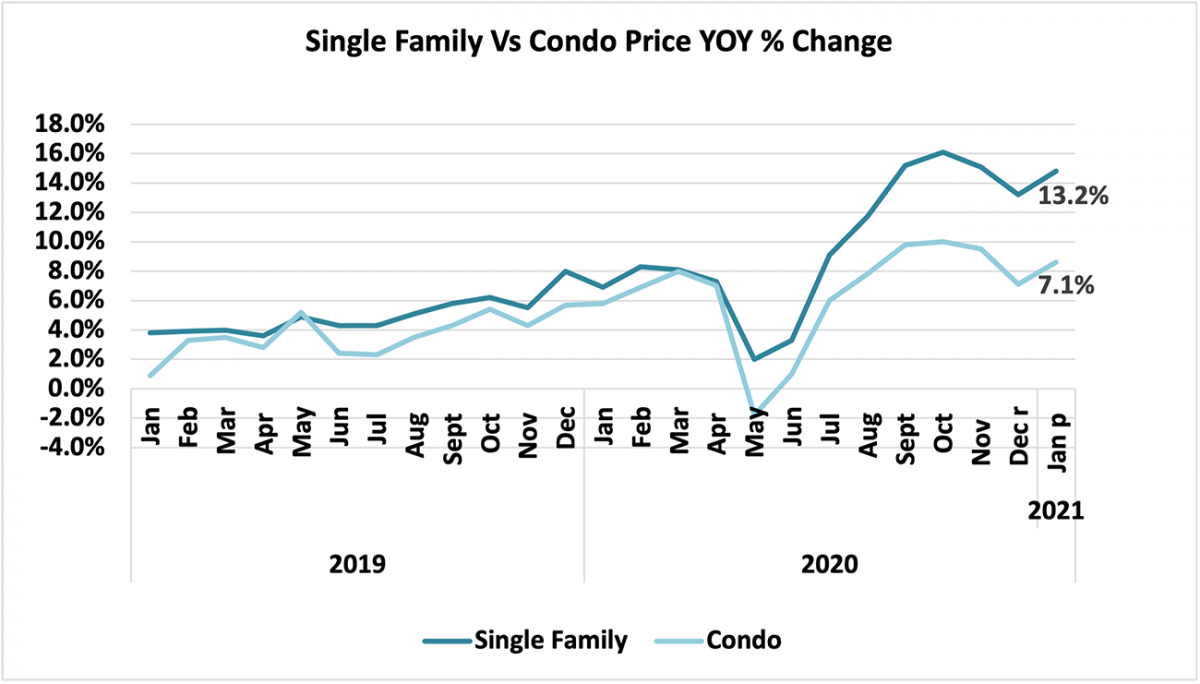
Michael Hyman
read more…
nar.realtor/blogs/

